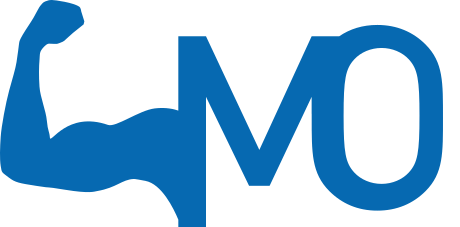Low back mobility exercises are a powerful instrument to improve improper function of the spine and therefore low back pain or low back stiffness. Always consult a therapist first, to determine if this low back exercise is good for you. If you don't have a therapist yet, please find one near you by using our therapist map.
Special note: This mobility exercise can reduce low back stiffness. This exercise is effective in mobilizing the lumbar spine (the lowest part of the spine) and the pelvis. The emphasis is on the motion rather than “pushing” at the end ranges. If you experience lower back pain or middle back pain, always consult your therapist first.
List of conditions which may benefit from this exercise
A diagnosis or exercise prescription for the following conditions can only be done by a medical doctor or your therapist. This list has merely been given to discuss this with your therapist.
- Mechanical low back pain, middle back pain, upper back pain, neck pain, pelvic pain.
- Low back herniated disc, sciatica
General tips for lower back exercises
- Frequency: Mobility exercises are effective in reducing stiffness and improving mobility. The frequency depends on your goal. Doing more exercises than daily is not always necessary. Please discuss this with your therapist.
- Combine: Do not only do one exercise a time, but combine them with similar exercises to have a more powerful effect. As an average a total of 3-4 mobility exercises can be advised.
- Warming up: These low back exercises should preferably not be done within the first 5-10 minutes of getting out of bed in the morning. For example walking around or taking a shower is enough to promote blood flow and start up mobility. Hereafter gently starting with mobility exercises is possible.
- Low back pain: Pain is a warning signal, therefore never ignore pain. Mobility exercises should be done with care since this may worsen your complaint. Do not continue with this exercise if you experience low back pain, please ask your therapist for more information.
- Speed: Do not rush. This exercise should be done slowly.
- Stay alert: think about doing the exercise rather than performing the exercise automatically.
- Wear comfortable clothes while exercising.
- Move freely: Always exercise on a clean and flat surface with enough space to move freely.
- Low back pain risk factors. Change your life style to prevent or minimize low back complaints. Being overweight is a risk factor in developing low back pain. More weight to be carried means more weight on the spine. Being overweight often comes together with a poor physical condition, less flexibility and weaker muscles.
Did you know?
Smokers are almost three times more likely to develop low back pain than non-smokers. Many studies suggest that the altered blood flow through the small vessels of the lower back increases the healing time and recovery time if you have a back injury.


